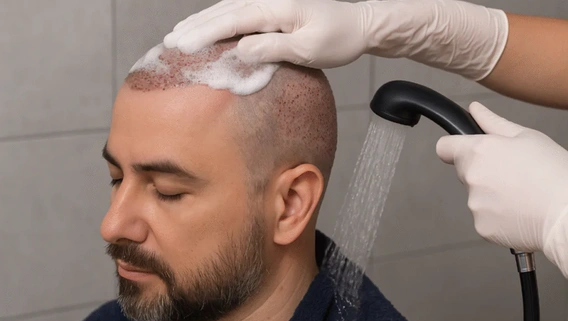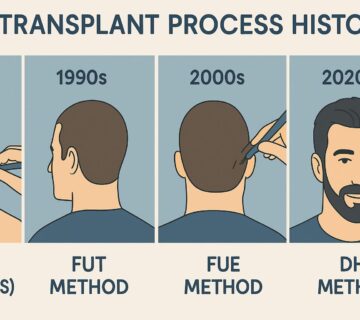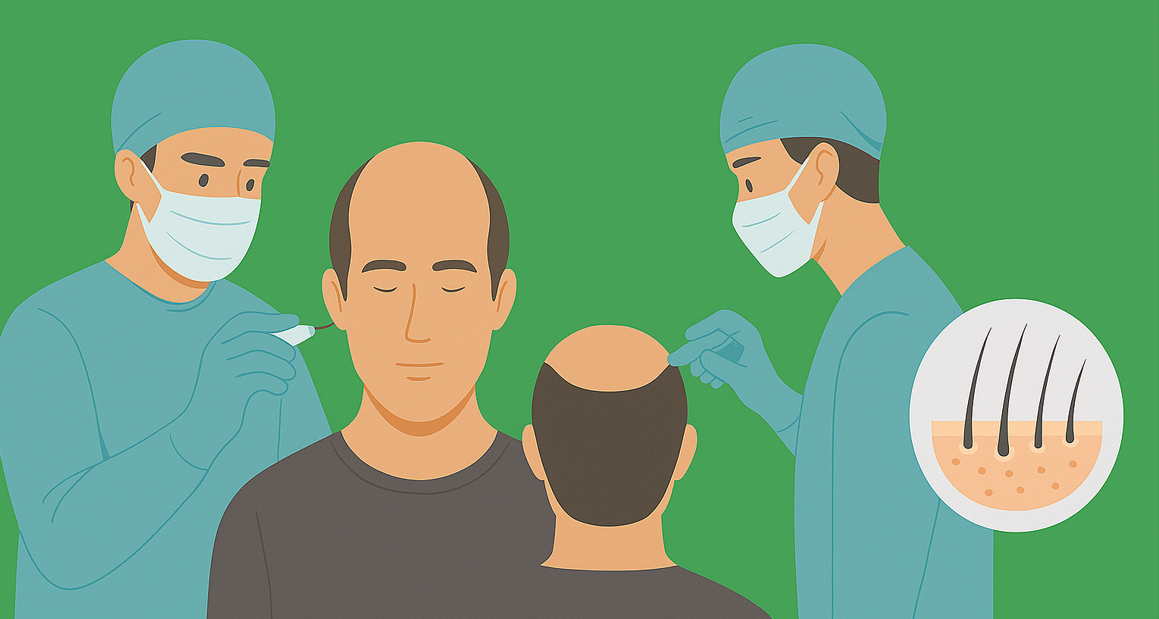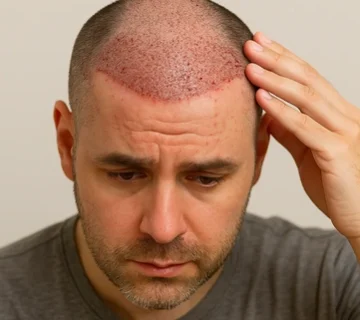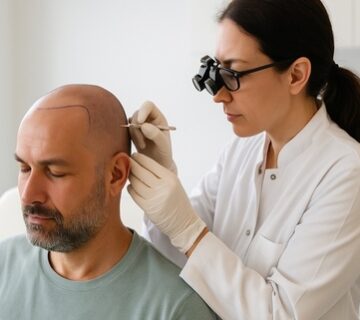One of the most important stages of the recovery process after a hair transplant is the hair washing process. This step is essential for healthy healing and achieving a successful result.
At Adem Kose Hair Transplant Center, we provide professional support during the post-operative care process. In this article, we answer the most frequently asked questions about washing your hair after a transplant.
Why Is Washing Important After Hair Transplant?
The transplanted area is extremely sensitive during the first few days. Therefore, the washing process plays a critical role in reducing the risk of infection, preventing scabbing, and speeding up the healing process.
If the washing process is not performed correctly:
- Grafts can be damaged
- Risk of infection increases
- Permanent scars may develop
- Healing process can be prolonged
When Should the First Wash Be Done?
The first hair wash is usually done on the 3rd day after the transplant. This may vary depending on the condition of the transplanted area and your doctor’s recommendation. The first wash should always be done under expert supervision.
Steps for Washing Hair After Transplant
The first wash after a hair transplant is generally done within 2–3 days and must be handled with care. A special lotion is applied to the transplanted area and left for a while, then the area is rinsed gently with lukewarm water.
Afterward, medical shampoo is used to create foam, which is then applied gently to the scalp without rubbing, followed by rinsing with lukewarm water. Finally, the scalp is dried using a soft towel with gentle patting motions. These steps must be followed carefully to avoid damaging the grafts.
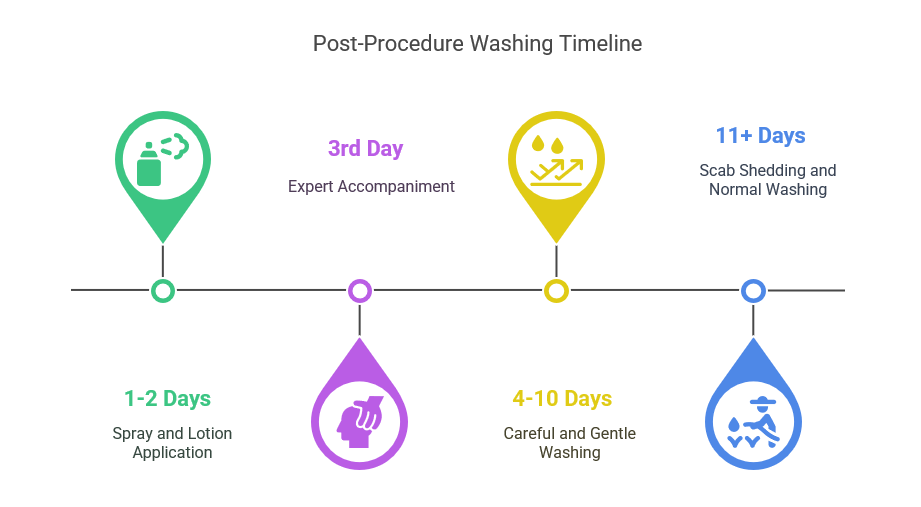
1. Lotion Application
- The recommended lotion is gently applied to the transplanted area.
- Let it sit for 30–45 minutes.
- This helps soften the scabs.
2. Rinsing with Lukewarm Water
- Never use pressurized water.
- Use your hands to pour the water gently for rinsing.
3. Washing with Special Shampoo
- Medical shampoo is poured into the palm and foamed.
- Gently applied to both donor and recipient areas.
- Use fingertips without pressure to clean the scalp.
4. Gentle Drying
- Use a towel to pat-dry the scalp—do not rub.
- If using a hair dryer, it should be set to cold and held from a distance.
Important Points to Consider
During the washing process after a hair transplant, pay attention to the following:
- Avoid contact with fingernails—grafts may dislodge.
- Do not use hot water—it may irritate the skin.
- Avoid chemical products—use only the recommended medical shampoo.
- Do not peel scabs manually—wait for them to fall off naturally.
Common Mistakes During the Washing Process
Common mistakes include rubbing the transplanted area, touching with fingernails, using hot water, and drying with a hair dryer.

These can harm the grafts and delay healing.
Why Is Professional Support Important?
Everyone has different scalp structures and skin sensitivities. Therefore, post-transplant care must be tailored individually. At Adem Kose Hair Transplant Center:
- We offer first-wash services with our expert staff
- We guide our patients throughout the healing process
- We recommend the right care products
- We provide online follow-up and support
Frequently Asked Questions
How long does the washing process last after a hair transplant?
For the first 10 days, a special washing technique should be followed. After the 10th day, once the scabs fall off, you can transition to a normal washing routine.
Is scabbing normal?
Yes, scabbing in the transplanted area is a part of the healing process. However, forcibly removing the scabs may damage the grafts.
When can I start using normal shampoo?
Starting from the 15th day, you may switch to a regular shampoo based on your doctor’s advice.
Proper Washing Is Essential for a Successful Outcome
Post-transplant washing is one of the most vital parts of a successful operation. If not done properly, it can negatively impact the overall results.
At Adem Kose Hair Transplant Center, we offer professional support both during and after the procedure. Our experienced team is with you throughout every stage of the washing process after your transplant.
